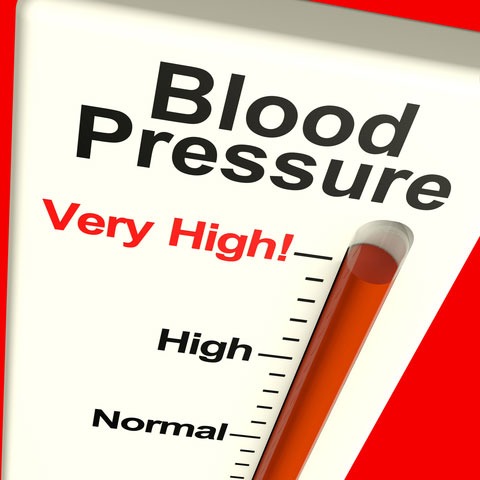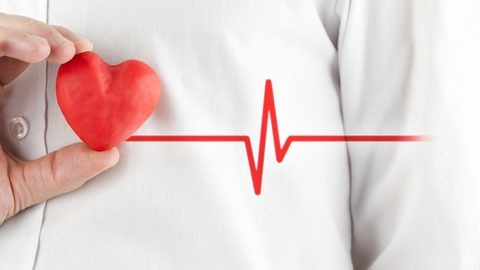Improved fitness by infrared sauna bathing?

Sauna is cardiovascular condition enhancement. Medical research confirms that the effort that it takes for the body to cool off corresponds to the effort that burdens the heart and vessels during normal exercise. A suitable alternative for people with limited mobility who cannot exercise physical activity but still wish to maintain good fitness. People with high blood pressure bath sauna without risk at a temperature between 40-50 C. blood pressure (ref Infrared Therapy by Dr. Yamajaki.) Low blood pressure: Infrared sauna can also train the body to raise blood pressure. In other words, a sauna is a real health promotion.
The quality of life rises when blood pressure drops
What is blood pressure?
The heart pumps around the blood in the body. It is pumped from the heart to the arteries and through it it reaches all the muscles and organs. When it has passed through all the tissues, it runs back to the heart through the veins. From there it is pumped into the lungs, emitting carbon dioxide and taking up new oxygen. The oxygenated blood is now pumped back into the heart, ready to be pumped back into the body. Blood pressure depends on how much force the heart is working with. Blood pressure is too high when the blood is pumped into the arteries at higher pressure than normal.
How is blood pressure measured?

Blood pressure = the pressure in the arteries. The arteries or arteries lead the blood from the heart into the body. Blood pressure is the term for the pressure in these blood vessels.
Systolic pressure : At each heartbeat, the left ventricle extracts about one deciliter of blood into the arteries. The pressure then rises to a maximum value called the systolic blood pressure.
Diastolic pressure : Between the beats, the heart muscle relaxes and its chambers are filled with blood again. Then the pressure in the arteries drops to a lowest value called the diastolic blood pressure.
Blood pressure is usually measured in millimeters of mercury, mm Hg. Blood pressure is indicated by both values systolic / diastolic example 130/80.
Hypertension Hypertension.

About 1.8 million people in Sweden have high blood pressure. High blood pressure is a risk factor and should be treated. There are great opportunities to bring blood pressure down to a normal level. It is important to realize how important it is for health to come down to normal blood pressure. With the help of above all lifestyle changes and also medicines, it is almost always possible to bring blood pressure down to a normal level and reduce the risk of serious cardiovascular disease.
State preparation for medical evaluation At the end of 2004, SBU came up with a report that over a quarter of the Swedish population aged 20 years has high blood pressure, hypertension. The condition is just as common in men and women. Sixty percent of Swedes with high blood pressure have a mild increase in blood pressure, thirty percent a moderate increase and ten percent a sharp increase in blood pressure. The SBU report states that research shows that even mild and moderate increases in blood pressure can clearly increase the risk of suffering from cardiovascular disease.
-
Mild blood pressure rise: 140-159 / 90-99 mm Hg.
-
Moderate blood pressure rise: 160-179 / 100-109 mm Hg.
-
Strong blood pressure rise: 80/110 mm Hg or above.
What can you do?

If a person is smoke-free, normally important and also otherwise has a favorable risk factor profile, a mild increase in blood pressure may not be needed. If, however, you have a higher risk of illness, it is important to remedy as many risk factors as possible. The first step is to test how far you can go through lifestyle changes, and in the second step to follow up with blood pressure medication.
The most effective way a smoker can do to get rid of cardiovascular disease is usually to quit smoking. Reduced alcohol intake and salt intake also have a positive effect on blood pressure. Starting exercise regularly can be an excellent treatment. Moderate, regular physical activity - preferably so that you get sweaty and for at least half an hour three times a week the same goes for an infrared sauna use of 30 to 40 minutes about 3 times a week. The effect can be a reduction of the pressure by about fifty mm Hg. In addition, other risk factors are also affected, such as overweight blood fats and blood sugar in the positive direction.
Losing weight if you are overweight can help lower your blood pressure. Stress is also an important factor to consider in order to balance blood pressure. Infrared sauna gives you an effective weight control and an opportunity for a deep relaxation in the muscles, which creates a stressful feeling and state of going down in turns.
For many, a lifestyle change as a treatment is enough, but for others a medication is also required to correct the pressure. It is then important to remember that despite medication, it is of the utmost importance to maintain healthy living habits.
What does my risk profile look like?
Risk factors :
- Smoking
- Dyslipidemia
- overweight
- abdominal obesity
- Stressful life
- Heredity for cardiovascular disease
- Over-consumption of alcohol
- High age
- Male
You should always take too high blood pressure seriously. This means that one must first and foremost evaluate the person's overall risk of cardiovascular disease. The more risk factors that accumulate in a person, the more the cardiovascular risk increases. Just having a mild increase in blood pressure and no other risk factors means low risk of cardiovascular disease. With one or two other risk factors, the risk immediately becomes higher. And with even more other risk factors, even those with only a small rise in blood pressure may have a high or very high risk of cardiovascular disease.
What cardiovascular diseases can you suffer from?
High blood pressure makes it harder for the heart to pump and increases the strain on the blood vessels, heart and other organs in the body. In the longer term, a high blood pressure contributes to atherosclerosis, atherosclerosis, by making the vessel walls harder and less elastic.
Because of its harmful effects on the heart and blood vessels, high blood pressure increases the risk of stroke, but also for angina, heart attacks, heart failure and for vessels problems in other body parts such as poor blood circulation in the legs. High blood pressure can also cause kidney damage. In addition, the risk of developing dementia increases.
Normal pressure increases well-being
Hypertension is usually not felt, but symptoms of hypertension may appear as:
- Headache, fatigue or confusion
- Feeling lost in hands and feet
- Nosebleeds, coughing up of blood
- Severe breathing difficulties
An interesting news in the SBU report is that there was clear evidence that blood pressure treatment improves quality of life. The report shows that you probably do not feel well when the blood pressure is too high. In studies with placebo tests, it has been found that quality of life increases as blood pressure drops
